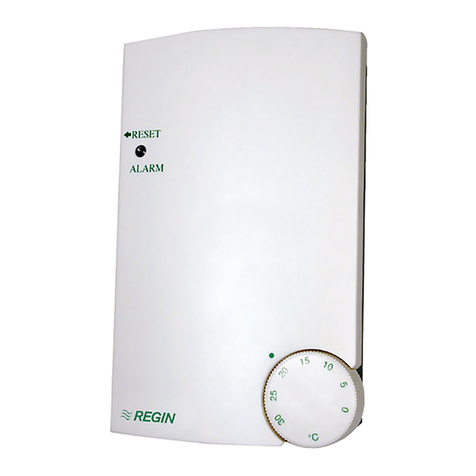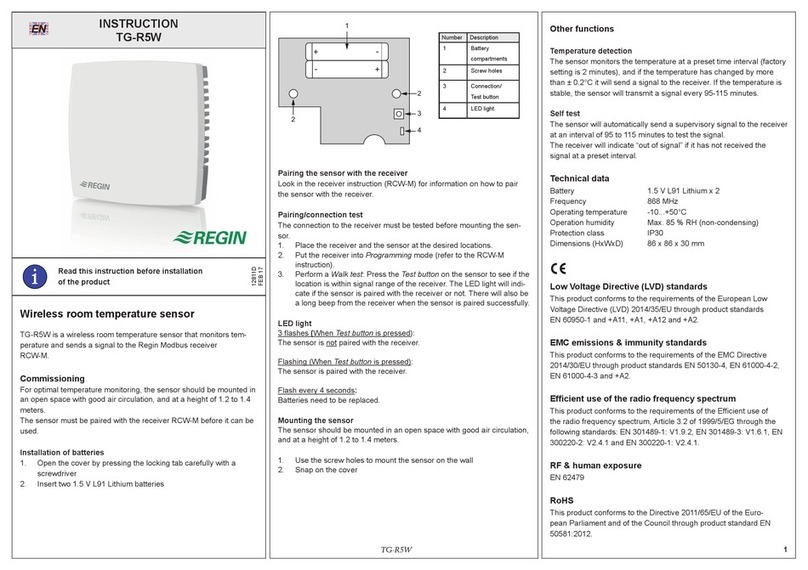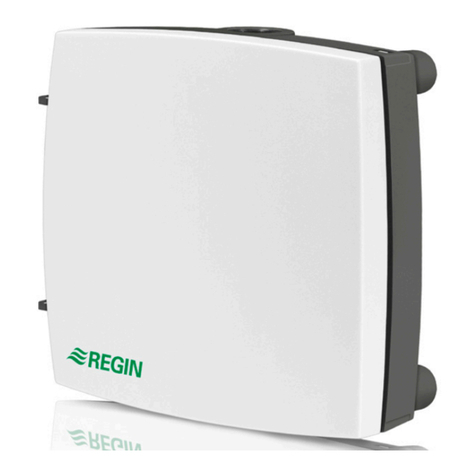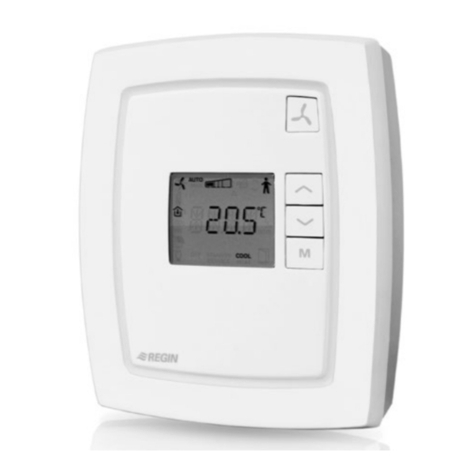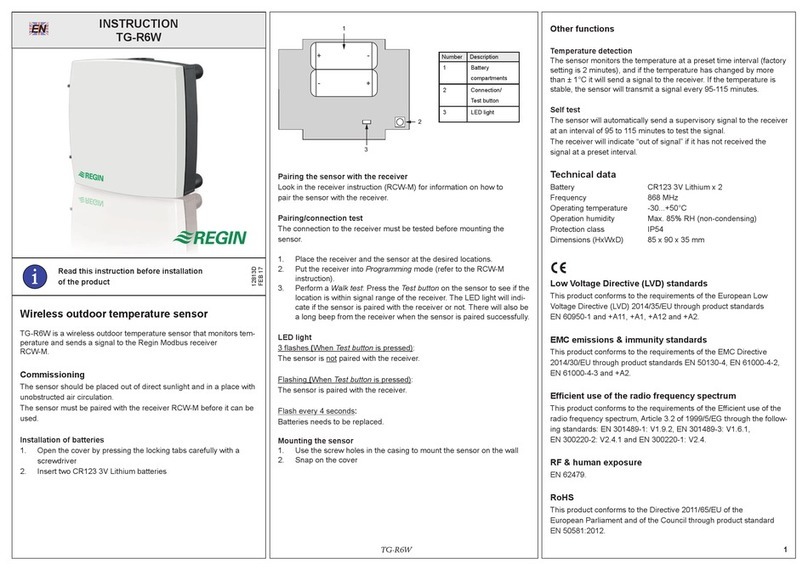Corrigo E Heating manual, revision G Chapter 2 About Corrigo E 6
Corrigo E hardware overview
Model 8 8D 15 15D 28 28D
Analogue Inputs 2 2 4 4 4 4
Digital Inputs 3 3 4 4 8 8
Universal Inputs - - - - 4 4
Analogue Outputs 1 1 3 3 5 5
Digital Outputs 2 2 4 4 7 7
RS485 Yes Yes Yes Yes Yes Yes
LON Option Option Option Option Option Option
TCP/IP Option Option Option Option Option Option
Display No Yes No Yes No Yes
Ext. display Option No Option No Option No
Technical data
Protection class ..................................................................................................................IP20
Display........................................................4 rows of 20 characters. Background illumination.
LEDs
Yellow.......................................................................................................Settable parameter
Red.................................................................................................................................Alarm
Clock ..................................................................Year base 24 hour clock with battery backup.
Automatic summer-/winter-time changeover.
Operating system..........................................................................................................EXOreal
Supply voltage...................................................................................................24 V AC, 6 VA
Dimensions....................................................................148x123x60 (WxHxD incl. terminals)
Casing......................................................................................................... Standard Euronorm
Mounting................................................................................................................On DIN-rail
Operation
Climatic conditions according to IEC 721-3-3........................................................Class 3k5
Ambient temperature................................................................................................. 0...50°C
Ambient humidity..............................................................................................Max 95% RH
Mechanical requirements according to IEC721-3-3 ..............................................Class 3M3
Vibration..........................................................IEC60068-2-6, Test FC, vibration Sinusoidal
Shock................................................................................................IEC60068-2-27, Test Ea
Transport
Climatic conditions according to IEC 721-3-2........................................................Class 2k3
Ambient temperature..............................................................................................-20...70°C
Air humidity ......................................................................................................Max 95% RH
Mechanical requirements according to IEC721-3-2 ..............................................Class 2M2
Vibration..........................................................IEC60068-2-6, Test FC, vibration Sinusoidal
Shock................................................................................................IEC60068-2-27, Test Ea
Free fall............................................................................................ IEC60068-2-27, Test Ed
Storage
Climatic conditions according to IEC 721-3-1........................................................Class 1k3
Ambient temperature..............................................................................................-20...70°C
Air humidity ......................................................................................................Max 95% RH
Battery
Type....................................................................................................Replaceable Lithium cell
Battery life....................................................................................................Better than 5 years
Warning.................................................................................................... Low battery warning
Battery backup...............................................................................Memory and real time clock
Communication
EXOline Port 1, insulated via a built-in RS485 contact.
The basic version of Corrigo E can communicate with Modbus. You do not need an activation code.
Corrigo E can be ordered with a communication port for TCP/IP or LON.






